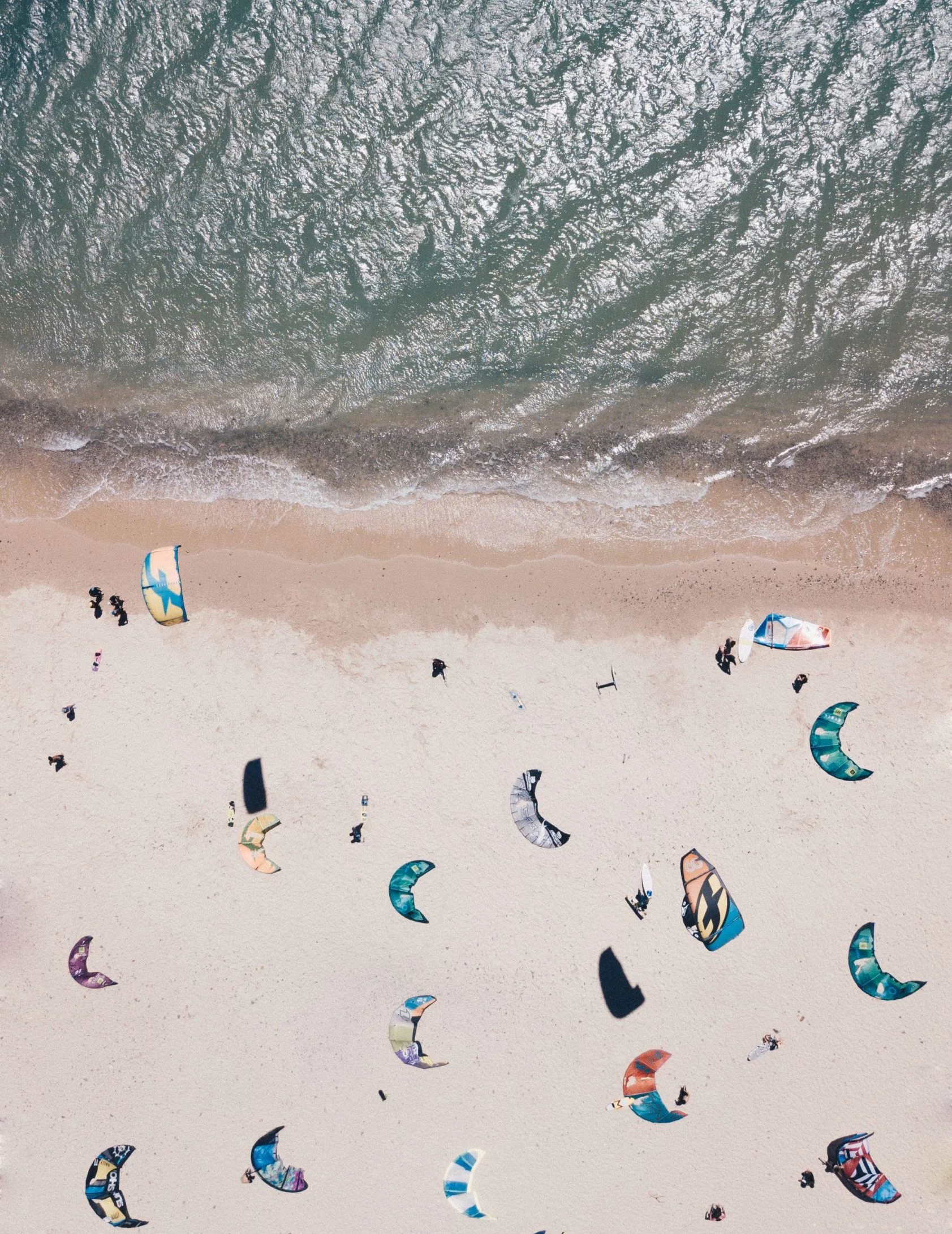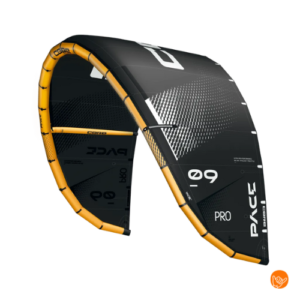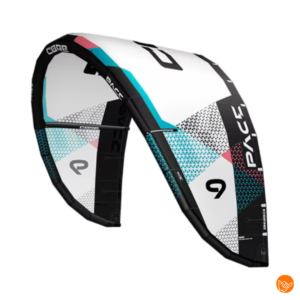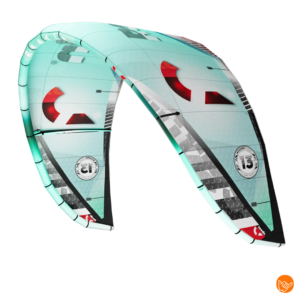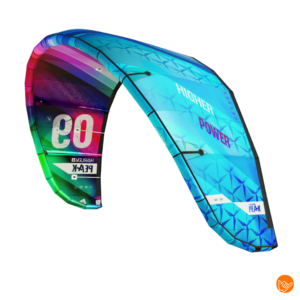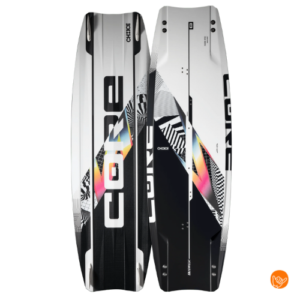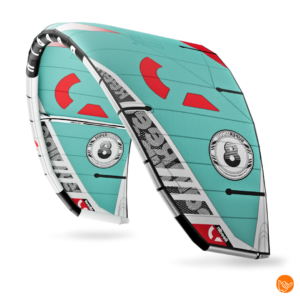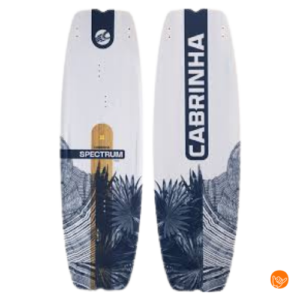Choosing the best kitesurfing destination depends on your skill level, wind preferences and desired kitesurfing experience. Ideal spots combine **reliable wind conditions**, safe surfaces and plenty of space for kitesurfers of all skill levels. From sheltered inland waters for beginners to challenging ocean spots for the advanced - each kitesurfing destination has unique characteristics that determine if it is the perfect match for your kitesurfing vacation.
What makes a location suitable for kitesurfing?
A suitable kitesurfing site requires **consistent wind conditions** of at least 12-15 knots, adequate space for kite setup and safe takeoff and landing areas. In addition, the best kitesurfing spots have few obstacles such as trees or buildings that interfere with the wind.
The essential factors for a good kitesurfing destination are:
- Wind reliability - Regular winds throughout the season
- Water depth - Minimum knee depth for safe water starts
- Starting area - Wide beach or grassy area of at least 100 meters
- Safety features - Rescue service or kitesurfing schools nearby
- Accessibility - Parking and easy waterfront access
In addition, local regulations and seasonal factors play an important role. Some water sports destinations have specific zones for kitesurfers to avoid conflicts with other water users. Always check the local rules before visiting a new spot.
What wind conditions do you need for optimal kitesurfing?
For optimal kitesurfing, you need **wind between 15-25 knots**, depending on your kite size and skill level. Beginners can already have fun at 12-15 knots with a larger kite, while advanced riders use smaller kites in stronger winds.
The ideal wind conditions by level:
- Beginners (12-18 knots) - Stable, predictable wind without sudden gusts
- Advanced (15-25 knots) - More variation possible, suitable for jumps and tricks
- Experts (20+ knots) - Strong winds for extreme jumps and wave riding
Wind direction is as important as wind speed. **Side-shore wind** (from the side) is ideal because it provides safe take-off and landing opportunities. On-shore wind (from sea to land) can be turbulent due to obstacles on land, while off-shore wind (from land to sea) is dangerous for beginners because you can be drifted away.
Seasonal wind patterns vary by region. Mediterranean destinations often have thermal winds in the summer, while tropical locations benefit from trade winds that blow year-round.
How important is substrate and water depth when choosing a kitesurf spot?
Surface and water depth are **crucial to safety** and comfort while kitesurfing. Sandy beaches provide the safest environment for beginners, while experienced kiters can also start on grass or even rocky surfaces.
Different substrates and their properties:
- Sandy beach - Soft on drops, easy kite setup, ideal for beginners
- Lawn - Good grip for feet, protects kite from sand, popular for inland waters
- Rocks/stones - For experienced kiters only, risk of equipment damage
- Pier/Pier - Deep water for direct takeoff, requires good jump technique
Water depth significantly affects your kitesurfing experience. **Shallow water** (knee to hip depth) is perfect for beginners because you can stand and easily control your kite. Deeper water offers more freedom for jumps but requires better waterstarting skills.
Pay attention to tides at coastal locations - some spots are only suitable at high tide, while others offer the best conditions at low tide. Shallow lagoons can become dangerous at low tide due to hidden obstacles.
What are the best kitesurfing destinations for beginners versus advanced?
**Beginners** benefit from sheltered waters with steady winds and flat surfaces, such as Grevelingen in the Netherlands or El Gouna in Egypt. **Experienced kiters** seek challenge in waves and strong winds, such as Tarifa in Spain or Maui in Hawaii.
Top destinations for beginners:
- Grevelingen, Netherlands - Sheltered inland lake, kitesurfing schools present
- Hurghada, Egypt - Steady wind, flat water, warm weather
- Kos, Greece - Meltemi winds, sandy beaches, relaxed atmosphere
Challenging spots for the advanced:
- Tarifa, Spain - Strong Levante winds, waves, vibrant kitesurfing community
- Cabarete, Dominican Republic - Passat wind, waves and freestyle opportunities
- Leucate, France - Tramontane winds, different conditions at short range
Many kitesurfing destinations offer both beginner-friendly and challenging zones. Fuerteventura, for example, has sheltered lagoons for beginners and rugged Atlantic coast for wave-riders. This makes such locations ideal for mixed ability groups.
What practical things do you need to arrange for a kitesurfing trip?
For a successful kitesurfing trip, you need to **gear transportation, local regulations and accommodation** well prepared. Airlines have specific regulations for kitesurfing equipment, and some destinations require permits or have restricted kitesurfing zones.
Essential preparations:
- Gear transport - Check airline regulations, consider local hire
- Insurance - Watersports coverage and equipment insurance
- Accommodation - Near kitesurf spots, gear storage possible
- Local rules - Kitesurfing zones, permits, seasonal restrictions
- Weather forecast - Checking wind statistics and seasonal patterns
Equipment transportation can be costly and complex. Many kiters therefore opt for local rentals or flexible options. For longer trips to distant destinations, the cost-benefit analysis often weighs in favor of renting locally, especially for beginners who are still experimenting with different kite sizes and boards.
Accommodation near kitesurf spots saves daily travel time and transportation costs. Many kitesurfing destinations have specialized hotels or apartments that offer gear storage and rinsing facilities. This is especially useful in saltwater environments where regular rinsing is essential for equipment maintenance.
How do you find reliable information on kitesurfing conditions and local regulations?
**Windguru and local kitesurfing communities** are the best sources for up-to-date condition information. For regulations check official port authorities and local kitesurfing associations that provide up-to-date information on zones and restrictions.
Reliable sources of information:
- Weather apps - Windguru, Windy, PredictWind for detailed forecasts
- Local Facebook groups - Real-time updates from other kiters on site
- Kitesurfing schools - Local expertise and safety information
- Official websites - Port authorities, municipalities for regulation
- Kitesurfing apps - Spots maps, reviews and photos of other kiters
Local kitesurfing communities are indispensable for insider tips on the best times, dangerous conditions and alternative spots. Many experienced kiters are happy to share their knowledge, especially if you are respectful of local customs and environment.
For the Netherlands, the KNWV (Royal Dutch Water Sports Association) provides official information on boating regulations and kitesurfing zones. International destinations often have similar organizations that publish safety guidelines and permitted areas.
The perfect kitesurfing destination combines your skill level with ideal wind and water conditions. Whether you choose familiar Dutch waters or exotic international spots - good preparation and reliable gear are essential for a successful kitesurf vacation. For flexible gear solutions that eliminate the need to travel, you can rent a flexible subscription consider. Want to put together your ideal setup for different destinations first? Then check out our set composition options. For personal advice on the best gear choices for your planned kitesurfing destination, please feel free to Get in touch with us.

